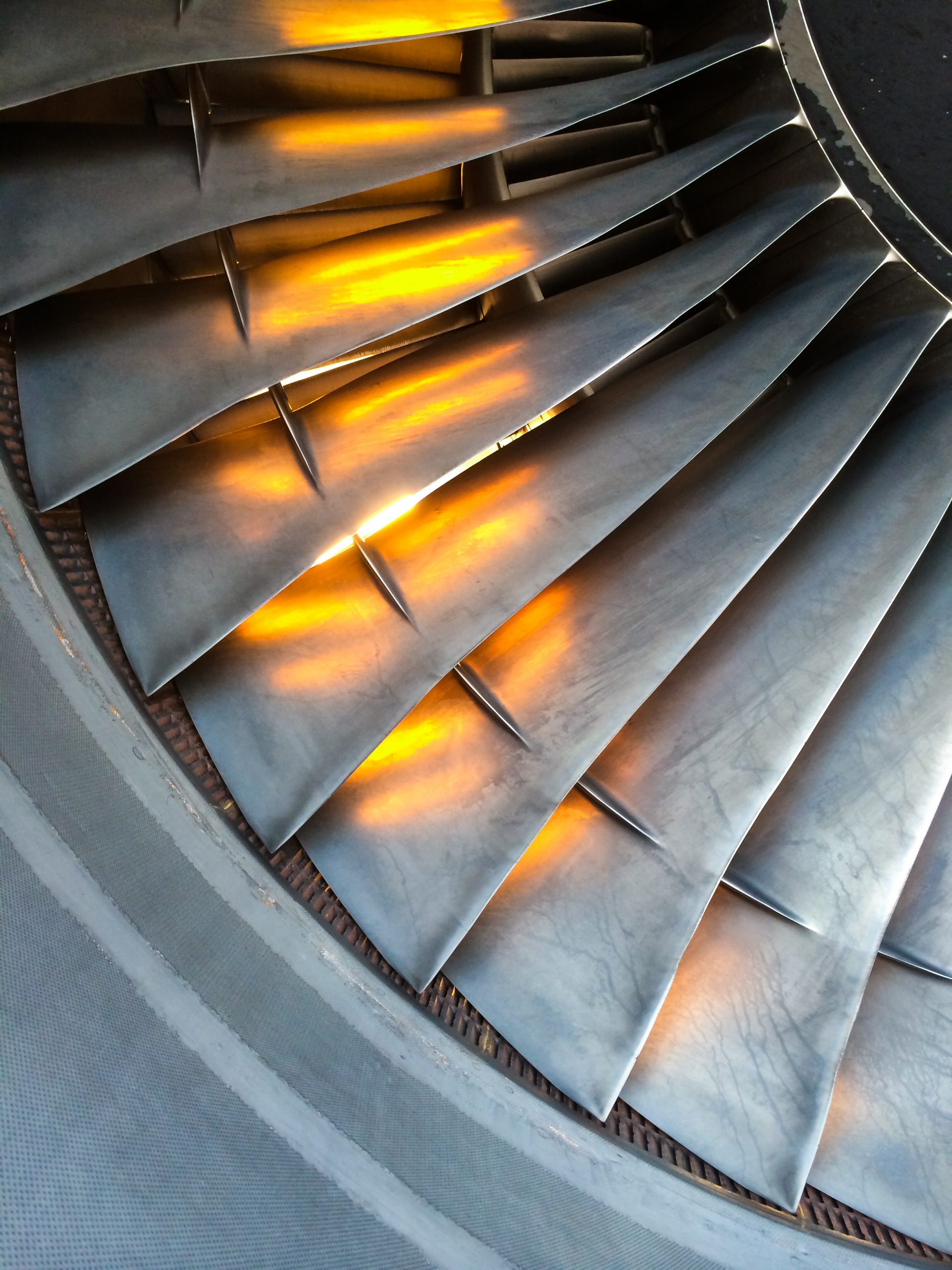
I’m a quality director at Byington Steel Treating, Inc. (BST). We are a commercial heat-treat shop with accreditation to perform NADCAP/AMS (aerospace) processes. Similar to people in the same position as me, I must ensure that all of our processes and procedures meet contractual, regulatory, and statutory requirements flowed down from our customers. This is applicable to jobs that are aerospace and jobs that are standard commercial work. That being said, there is a risk of blending the two procedural activities and creating the possibility of processing a job incorrectly. Why would there be risk? There is risk because there are far more requirements when processing to an aerospace standard versus processing a commercial job where standards are not applicable. This is a daily occurrence that I navigate with extreme scrutiny because of the potential impact of incorrect processing. This column will focus on ways to mitigate the risks associated with being a commercial shop that also provides aerospace processing.
Let’s start from the beginning. Get familiar with your procedures. Whether you’re new to quality or are a veteran of many years, there is something that is universal to us all: Our procedures define what activities need to be performed and how they should be carried out. It’s important to understand that your procedures govern how you perform each set of processing activities, and they are realized through work instructions. In simpler terms, do what you say and say what you do through your procedures. What is tried and true for myself is starting at the procedural level and building my processes at that point. Once you understand what commercial or aerospace processing is required, you can build your processes through your procedures.
You’ve verified your procedures and they all meet your intended requirements. Now it’s time to figure out a way to separate the two processing procedures. It’s clear that commercial work is not the same as aerospace because of the detailed requirements that aerospace processing entails. The same applies with commercial work having requirements that aerospace processes do not. Just because commercial work might not have the same requirements as aerospace, it doesn’t mean that you should pay less attention to it or put a high value on quality. As quality representatives for our companies, we should all strive for the highest level of quality and integrity for all work.
A situation I see often is a commercial job requiring certain conditions with no standards applicable and aerospace jobs requiring the same condition where standards are applicable. In order to avoid the problem of performing it incorrectly, you must make certain your commercial and aerospace processes are clearly distinguishable from one another. You’ve already defined your requirements and procedures for both commercial and aerospace, now what? How do you make these processes distinguishable from each other with the only difference being a standard?
This was problematic for me in the early stages in my role within the company. I was having issues with jobs getting mixed up between commercial and aerospace processes. After fighting with myself on possible solutions and making the problem more complex than it needed to be, I went to the basics of how our work instructions are generated and found something that blew my mind. The software we use to create work instructions archives our processes under its name. After realizing this, the remedy was a simple one. Change the name of the processes. I simply added an AMS/NADCAP to the beginning of the process name that I designated as aerospace processing. Whenever a job required aerospace process controls, our production team could simply type AMS/NADCAP and all the archived processes under aerospace would populate. Since those processes were already verified and vetted by me and engineering, they were ready to go. All that was needed was to vet the commercial processes the same way and give specific names to those commercial processes.

The bottom line? Whether you have a system that uses software or a unique system that’s tailor-made for your business, give your processes specific names so whoever generates work orders for your company can easily distinguish a commercial process and an aerospace process. This will minimize the risk of selecting an incorrect process for commercial or aerospace work.
Now that we have separated our commercial and aerospace processes, how can we verify the processes to all of the relevant requirements? I mentioned earlier that I already verified and vetted my aerospace processes, so I will limit this portion to that. The standards that govern aerospace processes can be simple, but they can also be difficult depending on what standard you are using. There are too many factors to name that contribute to the complexities of aerospace processing, but some stick out more than others. Take my word when I say that some of those key differences can send you down the rabbit hole of process building — things such as, but not limited to — thicknesses, materials, and tolerances. What I am trying to say is that virtually no process is the same. Naturally, there will be variations even when you are using the same standard from one job to another.
There are many ways to mitigate this, but there are three things that come to mind when I think about process conformance to aerospace standards.
- Set controls that allow you to perform a process check to the applicable standard prior to processing.
- Set process controls to check for post process conformance.
- Make sure you have a competent team that supports you and understands the technical nature of aerospace standards.
Setting a process control for pre- and post-processing is as simple as procedurally requiring a review as part of your work instructions. Remember, say what you do and do what you say. If you say it in your procedures, do it. If you do it on the shop floor, write it into your procedures. You can require a review for pre-processing before the heat-treatment operation and require a review right after the final heat-treat operation. This will force your process to stop at review pre-process and post-process. It will minimize a non-conforming process hitting the floor, but also stop an escape when performing a post process check.
I am a firm believer that you’re only as good as the team around you. Surrounding yourself with competent individuals who understand aerospace standards can go a long way in your goal to efficiently produce high quality conforming product.
There is a variety of ways to combat the risk of a commercial heat treater with accreditation to process aerospace. I have outlined a few things that have worked best for my company. It’s important to remember that there is no right or wrong answer to mitigate this risk. In the end, whatever works for your company is the right thing to do. One thing that is certain is that it all begins with your procedures. Do what you say and say what you do.























